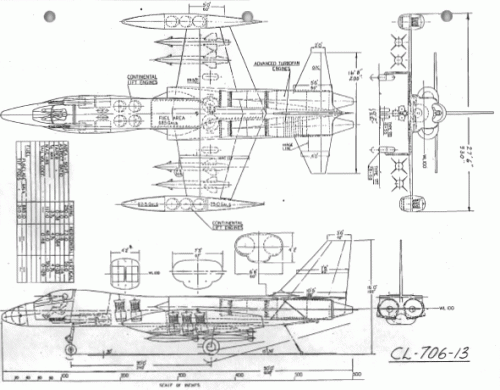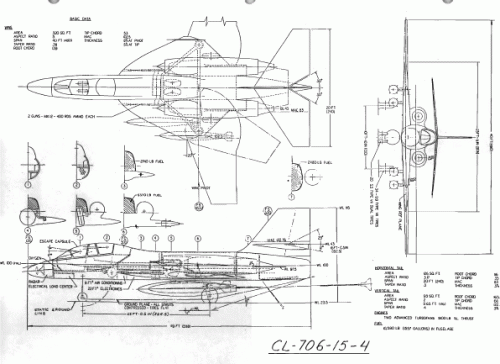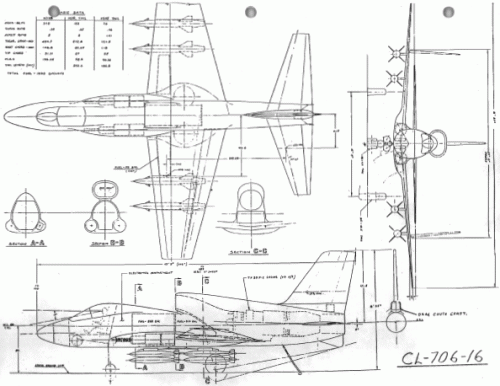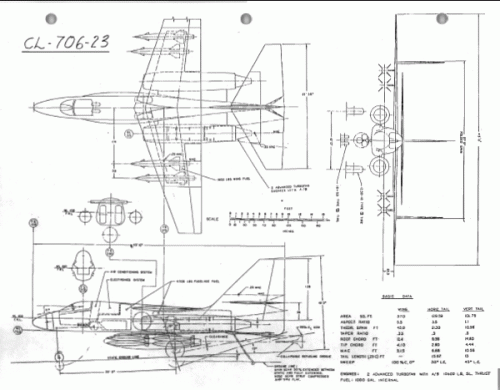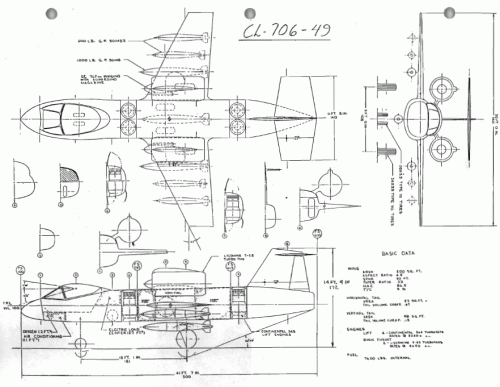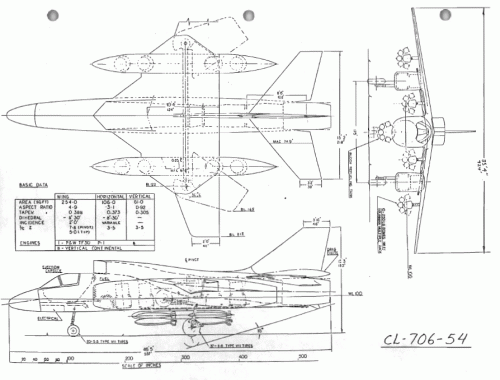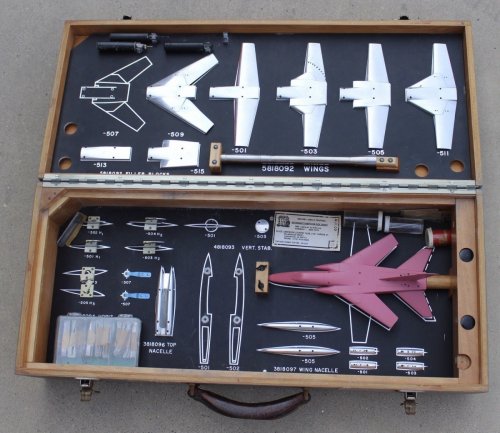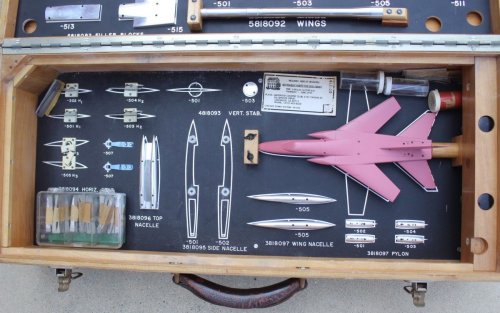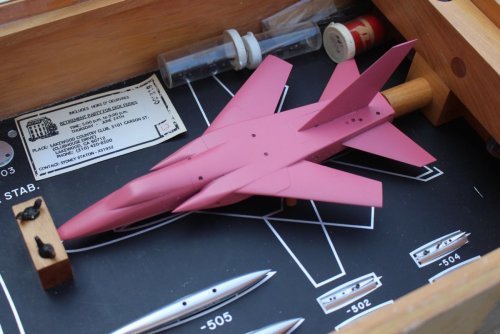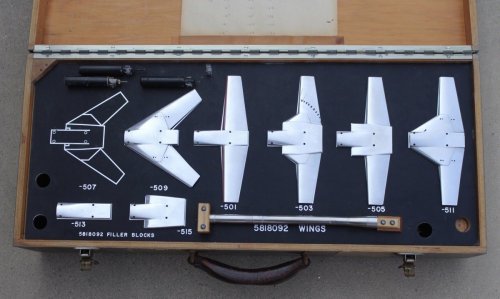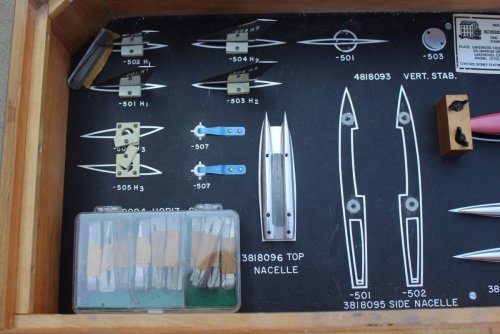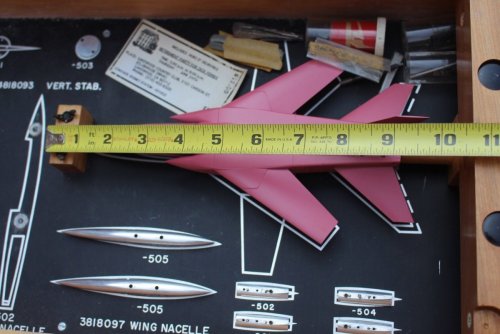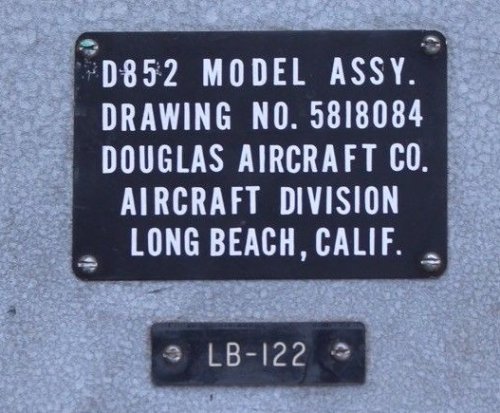- Joined
- 14 June 2006
- Messages
- 2,300
- Reaction score
- 563
Searching infos on the losers competitors in the VAL contest (1963-64) I stumbled in AW&ST issue Aug 12 1963 on a notice regarding the VAX competition, then just cancelled. VAX was started in 1962 and asked for a supersonic all-weather replacement of the A-4. I asked for photocopies and I'll have on Monday but what follows caught my eye: Boeing was in the competition and tendered a scaled down (almost 50 percent) version of its submission for the TFX. Presumably with only one engine. The Navy evaluators weren't impressed and called it the F-55.5 (half an F-111... : ) Then I realized that probably other companies did the same: I remember that on the APR site there was (three years ago?) a photo depicting two models: one was a GD F-111, the other seemed a scaled down version with only one engine and narrow cockpit. That mistery aircratf was probably the GD VAX submission, another F-55.5..... Anyone has something on the VAX competitors? (Republic also bid, with a scaled down TFX/D-24).
) Then I realized that probably other companies did the same: I remember that on the APR site there was (three years ago?) a photo depicting two models: one was a GD F-111, the other seemed a scaled down version with only one engine and narrow cockpit. That mistery aircratf was probably the GD VAX submission, another F-55.5..... Anyone has something on the VAX competitors? (Republic also bid, with a scaled down TFX/D-24).

